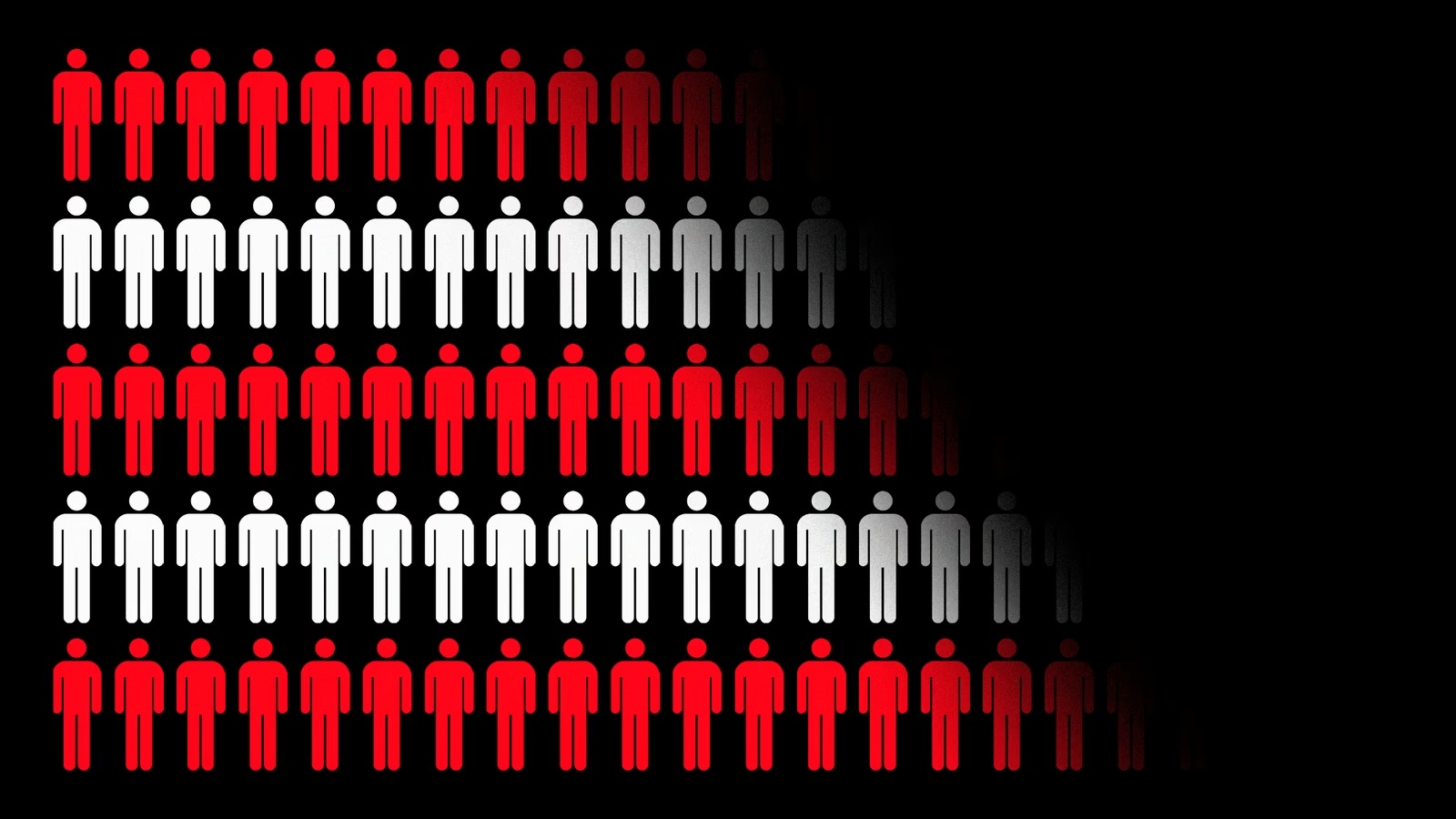AMERICA’S POPULATION GROWTH COULD TURN NEGATIVE THIS YEAR, ANALYSTS WARN

Why the balance is flipping
For the first time in nearly a century, more foreign-born residents may leave the United States than enter, according to new demographic analysis published Thursday. The finding reflects a sharp fall in legal immigration, stricter enforcement, and prolonged economic uncertainty. Coupled with record-low birthrates and rising deaths from an aging population, the U.S. could see near-zero—or even negative—net population change. That would have far-reaching effects: slower labor-force growth, tighter tax bases, and pressure on pensions and health systems. The analysis frames immigration not just as politics but as macroeconomics.
The consequences for states and cities
Regions that rely on young workers—tech hubs, farm states, elder-care centers—would feel the pinch first. Fewer arrivals mean less entrepreneurship and slower household formation, which depresses housing turnover and retail demand. Colleges that depend on international students could face financial strain. Yet policy tools exist: targeted visas for caregivers and critical skills, local incentives to attract families, and streamlined recognition of foreign credentials. Demography is slow to turn; choices made this year will shape growth for a decade. The debate is likely to intensify as Congress weighs border security against the long-term arithmetic of work and aging.





















